
 |
| —*ADVERTISEMENT— |
 |
| CODE UPDATE | |
| Significant Code Changes to the 2012 International Residential Code | |
| (The information below is excerpted from the Significant Changes to the 2012 International Codes series.) | |
| Photovoltaic solar energy systems have been added to the mechanical provisions of the IRC to distinguish them from thermal solar energy systems. Click to continue reading more on this update to the 2012 IRC. |
|
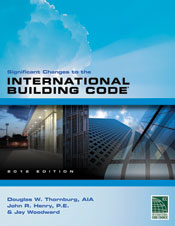  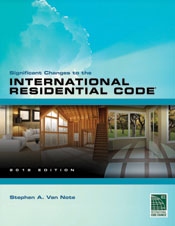  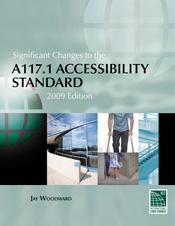 |
The Significant Changes to the 2012 International Codes series has been developed by the International Code Council and published by Cengage Learning to assist code officials, architects, engineers and other construction professionals transitioning from the 2009 to the 2012 editions of the International Codes. The series offers a comprehensive yet practical analysis of hundreds of the most critical changes from a very active code development cycle. Each color publication contains: revised code text; a summary of each change listed; in-depth change analysis; and a detailed photo, illustration or table for each change to deepen understanding. Coverage reflects provisions with special significance, including new and innovative design ideas and technologies, modern materials and methods of construction, and current approaches to safety and stability. Authored by ICC code experts, these useful tools are "must-have" guides to the many important changes in the 2012 International Codes. |
| —*ADVERTISEMENT— |
 |
| CODE BASICS |
| Building, Based on the 2009 International Building Code |
| (The information below is excerpted from the 2009 Building Code Basics series.) |
| The wind load is the pressure applied against the structure by winds. They generally act laterally against the building and can create both positive and negative pressures on a building. Wind loads are determined based on the speed of the wind and exposure category.
Click to continue reading more on this excerpt from the Building Code Basics: Building, Based on the 2009 IBC. |
| —*ADVERTISEMENT— |
 |
| CODE Q&A | |
| 2009 International Existing Building Code | |
| (The information below is excerpted from the 2009 International Codes Q&A series.) | |
| Questions regarding fire escape access in existing buildings are raised and answered: Q: Item 3 of Section 705.3.1.2.1 does not allow the use of a fire escape if an exterior stair can be constructed. Would the construction of an exterior stair be required to comply with Section 1026 of the IBC? Would the construction of the new exterior stairway be considered an addition? Q: Section 705.3.1.2.1 identifies only construction details related to access to new fire escapes. Are there any minimum access requirements for existing fire escapes? Click to get answers to these code questions by reading more on this excerpt from the 2009 IEBC Q&A. |
|
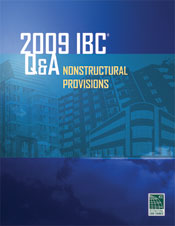 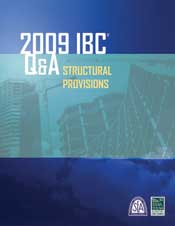 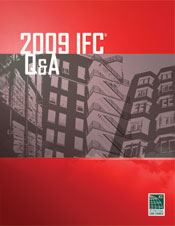 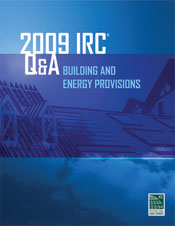 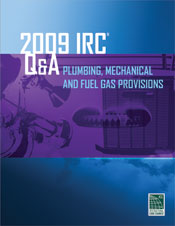 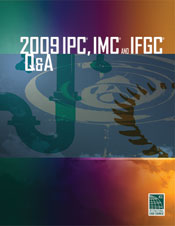 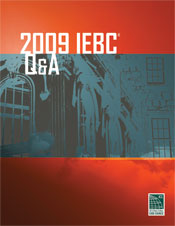 |
The 2009 Q&A series will assist engineers, architects, inspectors, fire and building officials, and plans examiners with finding answers to common code questions that arise during design, plan review, construction and daily code enforcement. Features: many new questions and answers; detailed photos, tables and illustrations that provide a clear understanding of both the intent and meaning of the code text; the relevant code section printed before the question and answer for easy reference; and discussion on a wide variety of topics. |
 |